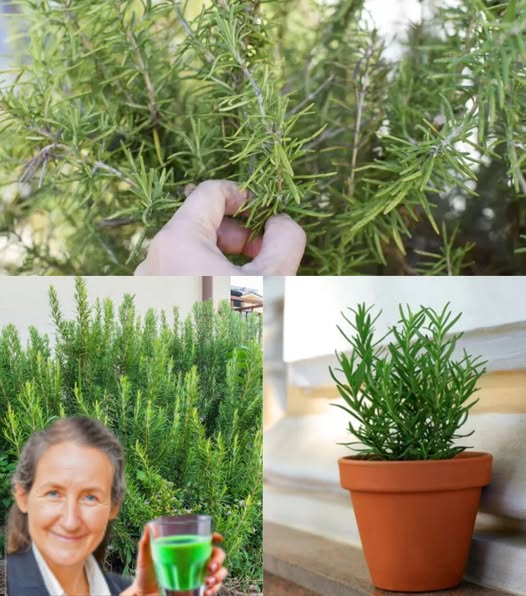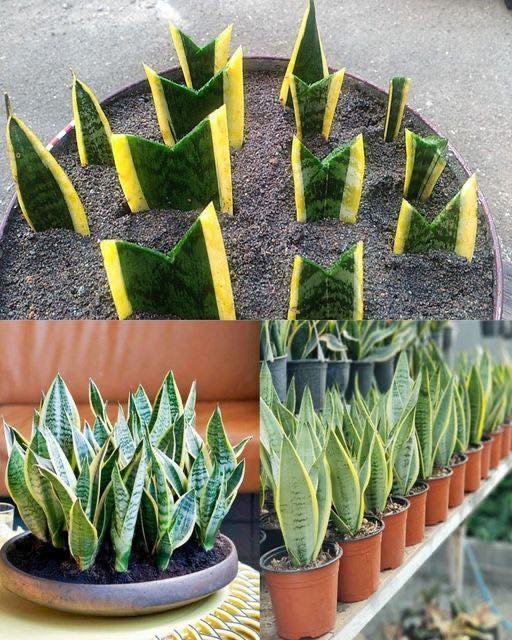Rosemary, a beloved aromatic herb, is renowned for its versatility in cooking and its impressive ability to thrive in various environments. Having a flourishing rosemary plant on your balcony can significantly enhance your culinary creations, not to mention bring a touch of greenery and fragrance to your outdoor space. Fortunately, rosemary is relatively low-maintenance, making it an ideal plant for container gardening. This guide will walk you through essential tips and secrets for growing a thriving rosemary plant on your balcony.
Understanding Rosemary’s Needs
Before diving into specific care instructions, it’s important to understand what rosemary needs to flourish. Native to the Mediterranean region, rosemary is adapted to dry, sunny climates with poor, well-draining soil. This means that rosemary isn’t particularly demanding when it comes to care; it’s a hardy plant that can endure some neglect. However, to help your rosemary plant truly thrive, you’ll need to create conditions that mimic its native environment as closely as possible.
1. Choose the Right Pot
The first step in creating a thriving rosemary plant on your balcony is selecting the appropriate pot. Because rosemary has a deep root system, choose a pot that is at least 12 inches (30 cm) deep. This allows the roots to spread out and establish themselves properly. Ensure that the pot has adequate drainage holes, as rosemary is highly sensitive to waterlogged roots. If the pot lacks drainage, you can drill additional holes or place a layer of rocks at the bottom to facilitate proper water flow.
Additionally, choose a pot made of a breathable material, such as terracotta or unglazed clay. These materials help regulate moisture levels in the soil, preventing it from staying too wet. In contrast, plastic pots tend to retain moisture, which can lead to root rot and other issues. When placed on a sunny balcony, a well-draining pot will ensure your rosemary thrives in its new home.
2. Select the Right Soil
The soil you choose plays a crucial role in the health and vitality of your rosemary plant. Rosemary prefers sandy, well-draining soil that mimics the dry, rocky terrain of its native Mediterranean habitat. If you’re using a pre-packaged potting mix, look for one that is labeled as “well-draining” or “for succulents” or “cactus soil,” as these will often have a sandier texture.
If you want to create your own mix, combine equal parts of standard potting soil, sand, and perlite to ensure good drainage. Rosemary doesn’t thrive in soil with high salt content, so avoid using soil that has been enriched with too much fertilizer. A soil pH of 6.0 to 7.0 is ideal for rosemary. The pH level can be tested with a simple soil testing kit.
3. Sunlight and Placement
One of the most critical factors in growing rosemary on your balcony is choosing the right spot. Rosemary is a sun-loving plant that requires at least 6 to 8 hours of direct sunlight each day to grow well. A sunny balcony or a location where the plant will receive plenty of exposure to natural light is essential for promoting healthy growth and maximizing its aromatic oils.
If your balcony gets a lot of shade, you might want to consider placing the rosemary near the edge or on a windowsill where it will be exposed to the most sunlight. In areas with intense summer heat, providing partial shade in the afternoon can protect your plant from becoming stressed by too much sun.
4. Watering: Less is More
Watering is one of the most common mistakes made when caring for rosemary. While it’s important to keep the plant hydrated, rosemary is highly tolerant of dry conditions and can survive drought better than it can endure excess moisture. Overwatering is the leading cause of death for rosemary plants, leading to root rot and other issues.
To determine when to water, check the soil’s moisture level by sticking your finger about 4 to 5 centimeters deep into the soil. If it feels dry at this depth, it’s time to water. In general, rosemary should be watered deeply but infrequently. During the growing season (spring and summer), water your plant about once every 5-7 days. In winter, when growth slows down, you can reduce watering to once a week or less.
When watering, make sure to thoroughly soak the soil. This ensures the roots receive the moisture they need without water sitting in the pot, which can lead to fungal growth or root rot.
5. Fertilizing Rosemary
Rosemary doesn’t require heavy fertilization. In fact, too much fertilizer can actually harm the plant. If the soil you’re using is already rich in nutrients, additional fertilization might not be necessary. However, if you notice that your rosemary isn’t growing as vigorously as you’d like, you can apply a light, balanced liquid fertilizer once a month during the growing season.
Avoid using high-nitrogen fertilizers, as they can promote too much leafy growth at the expense of the plant’s flavor and aroma. Organic compost or slow-release fertilizers are excellent options for rosemary. Always follow the manufacturer’s instructions to avoid over-fertilizing.
6. Pruning for Health and Shape
Regular pruning is essential to keep your rosemary plant healthy and encourage strong growth. Prune your plant to remove any dead or yellowing branches, as well as to shape the plant and maintain its compact form. Pruning helps stimulate new growth and ensures the plant remains bushy rather than leggy.
You can also trim rosemary for culinary use. Snipping off small sprigs of rosemary throughout the growing season will encourage the plant to grow even more vigorously. Avoid cutting more than one-third of the plant at a time to prevent stressing the plant.
In colder climates, it may be necessary to protect your rosemary from frost. You can bring it indoors during the winter or cover it with a frost blanket if it is particularly cold.
7. Pests and Diseases
While rosemary is generally resistant to pests, it is not entirely immune. Keep an eye out for common herb garden pests such as aphids, spider mites, and whiteflies. These pests can be controlled using insecticidal soap or by spraying the plant with a mixture of water and mild dish soap. Neem oil is another natural option that can help control pests without harming the plant.
Additionally, rosemary can sometimes suffer from fungal diseases, especially when the plant is overwatered. To prevent fungal infections, ensure proper drainage, avoid wetting the foliage when watering, and provide adequate air circulation around the plant.
8. Winter Care
Rosemary is hardy to a certain extent, but in areas with freezing winters, it may not survive the cold temperatures outside. If you live in a region with harsh winters, it’s a good idea to bring your rosemary indoors for the colder months. Place it in a sunny windowsill where it can receive as much light as possible.
Alternatively, you can cover the plant with a frost cloth or move it to a sheltered spot on your balcony to protect it from extreme cold. Make sure to water less frequently during the winter months, as the plant’s growth slows down.
9. Harvesting Rosemary
Rosemary is a great addition to many dishes, and one of the benefits of having a rosemary plant on your balcony is the easy access to fresh herbs. To harvest rosemary, simply cut off sprigs as needed. The best time to harvest rosemary is in the morning when the oils are at their peak.
To ensure your plant continues to grow strong, always cut the sprigs just above the leaf node (the point where leaves grow from the stem). This will encourage new growth and prevent the plant from becoming leggy.
Conclusion
Growing rosemary on your balcony is not only rewarding but also practical, as it provides you with a constant supply of fresh, fragrant herbs for your kitchen. By following these tips, you’ll be able to create the perfect conditions for your rosemary plant to thrive. From choosing the right pot and soil to watering correctly and pruning regularly, these simple steps will help you cultivate a healthy, productive rosemary plant that will enhance your cooking and brighten your outdoor space for years to come. Happy gardening!





